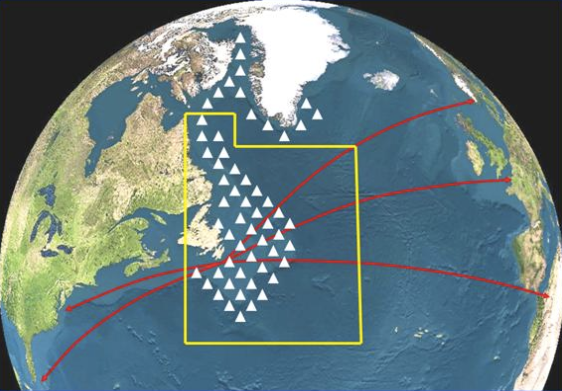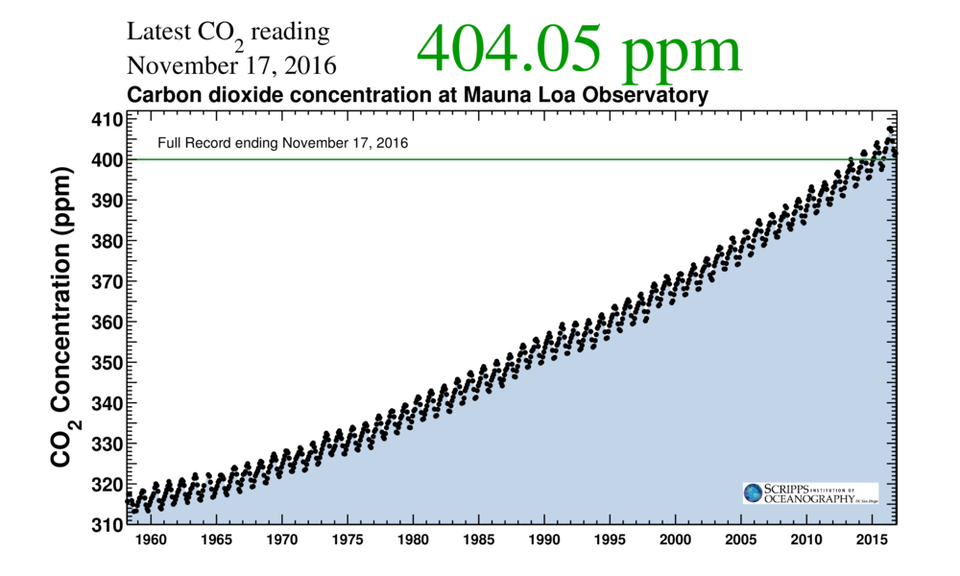Aided by unusually strong winds, hundreds of icebergs have blown into the North Atlantic Ocean, stalling commercial shipping routes that traverse the region.
The U.S. Coast Guard’s International Ice Patrol, which identifies and tracks icebergs, warned the number of icebergs has seen “significant expansion” from 37 last week to upwards of 450 this week.
That’s compared to a historical average of 83 icebergs in the area at this time of year, based on data from 1900 to 2016.
Per the International Ice Patrol, the North Atlantic is the only place in the world where major transoceanic shipping lanes intersect with a large iceberg population:

That sharp uptick is forcing ships to slow down and take a circuitous, 400-mile-long detour south, adding a day or two to the journey, reports the Associated Press.
Coast Guard Cmdr. Gabrielle McGrath, who is in charge of the Ice Patrol, told Popular Science the phenomenon is unprecedented.
“I have about a decade of experience with the Ice Patrol, and in my time here, and talking with people who have been here longer, I’ve never seen anything like this or heard of anything like this before,” she said.
Experts say strong winds are mostly to blame for the icebergs, blowing them further into the shipping lanes faster than they have before. Climate change may also play a factor, however, as warmer temperatures lead to weaker ice, which more readily breaks off and blows away.
Last week, a study published in the journal Nature Communications found that tens of thousands of square miles of glaciers and ice caps along the coast of Greenland ― the primary source of ice forming the icebergs we’re currently seeing ― have reached a “tipping point” and are in rapid decline.
“Most of the icebergs that enter the North Atlantic shipping lanes come from the tidewater glaciers of the west coast of Greenland,” notes the Ice Patrol. “Once an iceberg is calved from one of these glaciers it completes a 1-3 year journey to arrive in the area that the International Ice Patrol (IIP) monitors.”

